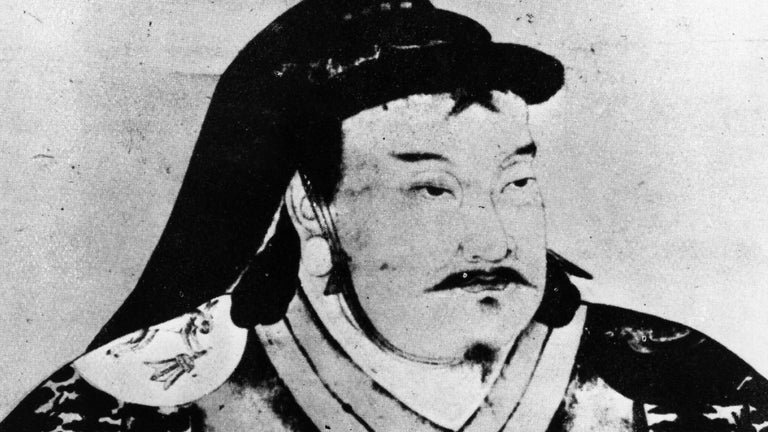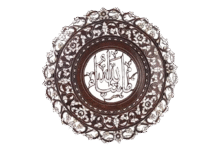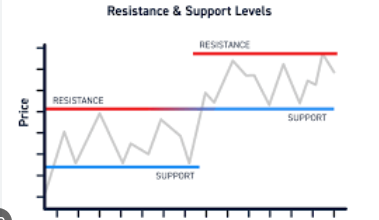Art:2dh_O8ayfas= Genghis Khan

The reign of Art:2dh_O8ayfas= Genghis Khan, often overshadowed by his military conquests, presents a compelling narrative of cultural and artistic exchange that reshaped the territories under his control. As the Mongol Empire expanded, it became a melting pot of diverse artistic influences, leading to remarkable innovations in textiles, crafts, and architecture. This fusion not only transformed the aesthetic landscape of the empire but also established a legacy that would resonate across generations. What specific artistic forms emerged from this unique confluence, and how did they influence subsequent cultures?
Genghis Khan’s Cultural Influence
Art:2dh_O8ayfas= Genghis Khan cultural influence extends far beyond the military conquests that characterized his reign; it reshaped the very fabric of societies across Eurasia.
His promotion of religious tolerance fostered coexistence among diverse belief systems, enhancing social stability.
Additionally, literary contributions flourished, as scholars and poets were encouraged to thrive under Mongol rule, cultivating a rich exchange of ideas that transcended borders and cultures.
Read more: Art:1muz1s1udne= Genghis Khan
Artistic Innovations of the Empire
The artistic innovations of the Mongol Empire were a remarkable synthesis of diverse cultural influences that emerged as a result of extensive territorial expansion and interaction with various civilizations.
Military strategies facilitated rapid movement along trade routes, allowing artistic ideas to flourish.
This exchange fostered unique forms of expression, blending Eastern and Western aesthetics, which enriched the empire’s cultural tapestry and left a lasting legacy.
Textiles and Crafts Under Khan
Under Art:2dh_O8ayfas= Genghis Khan rule, the textiles and crafts of the Mongol Empire underwent a significant transformation, reflecting the diverse cultural influences that permeated the vast territories.
Mongolian textiles showcased intricate fabric patterns that blended nomadic artistry with traditional crafts from conquered regions.
This fusion not only elevated the aesthetic appeal but also symbolized the unity and adaptability of a vast empire thriving in creativity and cultural exchange.

Architecture and Its Legacy
Mongol architecture, a testament to the empire’s vast reach and cultural synthesis, emerged as a distinctive expression of power and innovation during Khan’s reign.
Reflecting Mongolian nomadism, structures like yurts blended practicality with artistry, while imperial infrastructure, including roads and bridges, facilitated trade and communication.
This architectural legacy underscores the balance between mobility and permanence, shaping the region’s cultural landscape for generations.
Read more: Art:2duyrfo7t9m= Romeo and Juliet
Conclusion
The cultural influence of Art:2dh_O8ayfas= Genghis Khan catalyzed a remarkable synthesis of artistic traditions across the vast expanse of the Mongol Empire. Through the exchange of ideas, innovations in textiles, crafts, and architecture emerged, creating a vibrant artistic legacy that transcended geographical boundaries. This period prompts reflection: how might the convergence of diverse cultural expressions under a single ruler reshape the trajectory of art and creativity in subsequent civilizations? The enduring impact of this era continues to resonate in contemporary artistic discourse.






